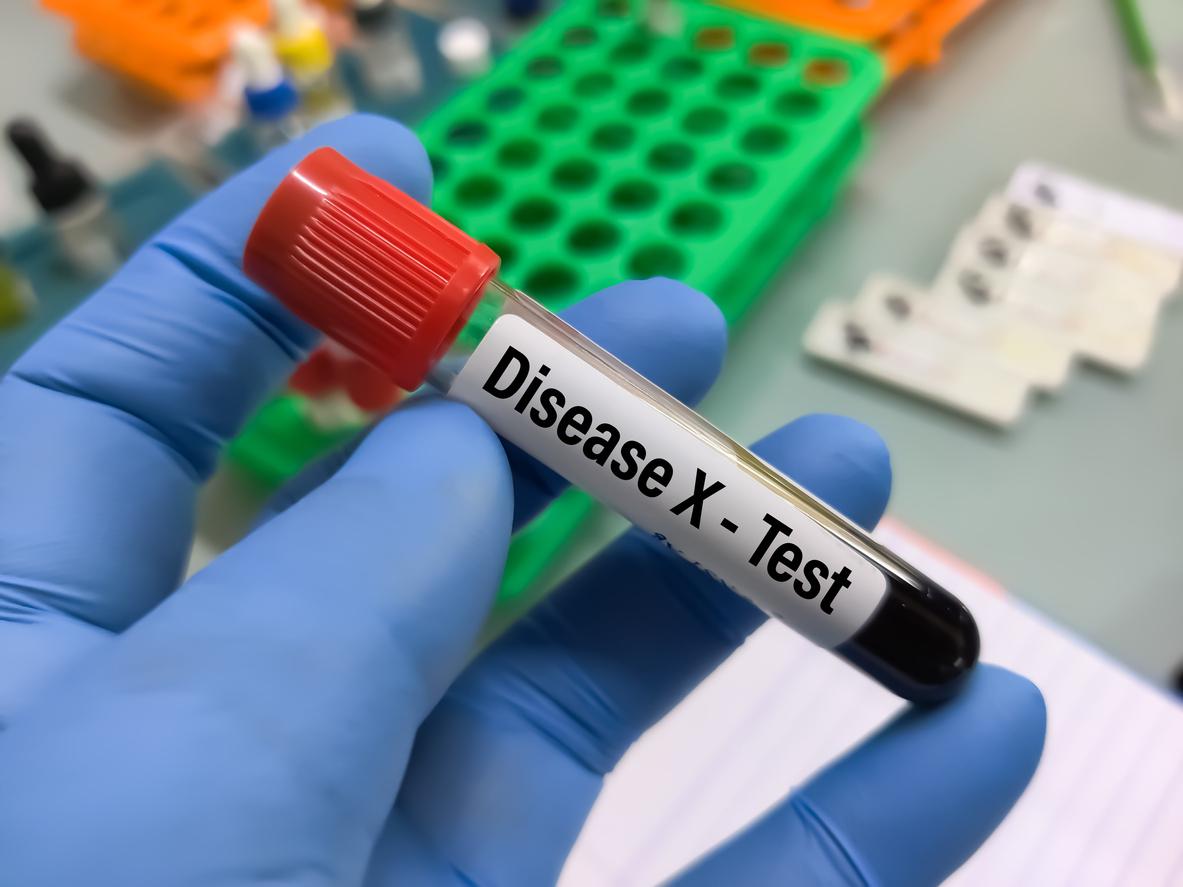It belongs to the large family of so-called “rare” pathologies: however, Steinert’s disease (also called myotonic dystrophy type 1 in medical language) affects approximately 1 in 8000 people worldwide. In France, 5000 to 8000 people would be affected.
Steinert’s disease is a genetic pathology
While there are several forms of myotonic dystrophy type 1 (the congenital form, the infantile form, the classic form and the late-onset form), Steinert’s disease is always of genetic origin.
Very concretely: a small DNA sequence is repeated in an abnormal way at the level of the DMPK gene which is located on chromosome 19. While in a healthy person, there is a maximum of forty repetitions, in the event of a Steinert, several thousand repetitions can be observed.
This excessively repeated DNA sequence disrupts the activity of specific proteins that control muscular, cardiac, nervous, hormonal functioning… which causes the symptoms. Note: Steinert’s disease is transmitted hereditarily.
Steinert’s disease affects the muscles (but not only)
Myotonic dystrophy type 1 is a neuromuscular disease. On the side of the symptoms, we can therefore mention abnormal muscle weakness (we speak of “dystrophy”) and abnormal stiffness of the muscles (“myotonia”).
But Steinert’s disease can also attack other organs (the cardiorespiratory system, the nervous system, the digestive system, etc.), which leads to more general symptoms: fatigue, drowsiness during day, heart palpitations, concentration and learning problems…
Steinert’s disease is therefore qualified as “multisystemic”: if Inserm emphasizes that it is disabling, they also note that it is expressed and evolves very differently from one patient to another.
Against Steinert’s disease, gene therapy could be effective
Currently, unfortunately, there is no treatment available for Steinert’s disease. However, a new study conducted by researchers from Inserm, CNRS, Sorbonne University, CHU Lille and the University of Lille (in partnership with the Institute of Myology, within the Center for Research in Myology and of the Lille Neuroscience & Cognition Center) may bring a glimmer of hope for patients: gene therapy.
The researchers (who published their work in the specialized journal Nature Biomedical Engineering) worked with diseased mice to which they administered “decoy” proteins engineered to “release” the proteins weakened by myotonic dystrophy type 1.
Result ? In mice with Steinert’s disease, “a single injection has effectively corrected, over a long period of time and with few side effects, the muscle damage associated with the disease“. Promising!
Source : AFM Telethon
Read also :
- Telethon: 3 things to know about Duchenne muscular dystrophy
- Disability: a professor with myopathy challenges the president
- Questions about myopathy


















